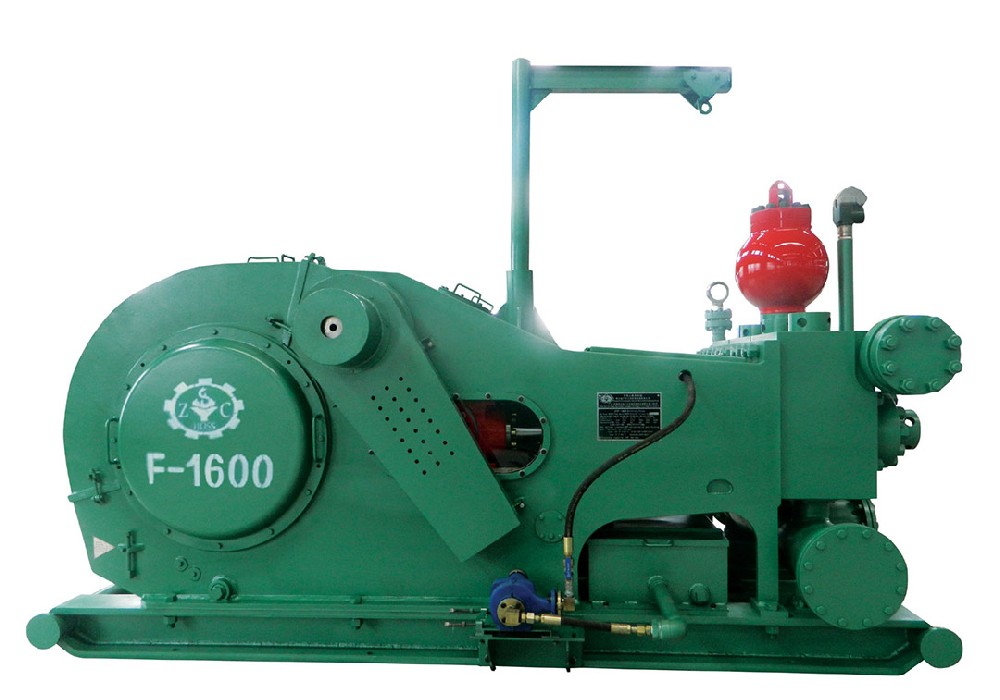Pipelines play an essential role in transporting oil, gas, and other fluids across vast distances. However, these networks of pipes can also be a source of danger if not properly maintained. That's where pipeline inspection services come in- to discover and assess any hidden dangers and prevent them from becoming costly disasters.

Pipeline inspection services involve a variety of techniques and technologies that are designed to evaluate the integrity of a pipeline and identify any potential hazards. For example, some companies use robotic cameras, advanced sensors, and NDT (non-destructive testing) techniques to inspect pipelines for cracks, corrosion, and other defects that could compromise the pipeline's safety.
One of the main benefits of pipeline inspection services is that they can help ensure consistent and reliable flow of oil and gas by detecting early signs of pipeline degradation and damage. In addition, pipeline inspection also plays a crucial role in protecting the environment and local communities by preventing pipeline leaks and spills.
Another advantage of pipeline inspection services is that they can help minimize costs and downtime by identifying and addressing problems before they cause significant damage. Instead of waiting for a pipeline to fail, preventative maintenance can prolong the lifespan of a pipeline and help companies avoid costly repairs or regulatory penalties.
Pipeline inspection services also provide an opportunity for companies to comply with regulations and industry standards. Regular inspections can demonstrate a commitment to pipeline safety and help companies avoid costly fines or reputational damage.
In summary, pipeline inspection services are a crucial aspect of maintaining pipeline safety, protecting the environment, and minimizing costs. Investing in preventative maintenance and identifying potential hazards before they become disasters is not only responsible but also necessary for the integrity of pipeline systems.